An American Inventor's Mexican Gamble
In 1855, Mexico gambled on a new diving invention promising underwater construction and treasure hunting. Did Mr. Sears' modified diving bell deliver, or sink into obscurity?

The depths of the ocean have always held a strange allure for the human mind. Sunken treasures, tales of lost cities, and the sheer mystery of an alien world hidden beneath the waves… These things all stir our imaginations. In the 19th century, these dreams were not just the fodder for fantastical novels, but a serious subject of technological inquiry.
Of course, venturing beneath the surface wasn't about satisfying curiosity alone. Commerce and national interests were at stake. From building grand underwater structures to recovering those cursed treasures from unlucky ships, diving had clear practical applications. Yet, the technology of the time was quite limited.
In 1854, the eyes of the Mexican Ministry of Development, Colonization, Industry, and Commerce lit upon a peculiar request. It came from across the northern border, a New York company named 'Nautilo' (a rather on-the-nose title, wouldn't you say?). The proposal boasted of a revolution in submarine technology—the work of a Mr. Sears. His invention promised to change the underwater world.
Now, the era's divers were no strangers to the diving bell. Those cumbersome contraptions, essentially upside-down buckets of air, were clunky and dangerous. But, Mr. Sears claimed to have tinkered with the design, adding modifications to overcome past limitations.
Sears' bell focused on air control – the ability to manipulate the air supply, providing divers a steady stream of vital breath. Imagine, not relying solely on the initial air trapped in the bell for a limited work session! Using steam engines and tubes, air would be pumped in from the surface as needed. This innovation might, the inventor boasted, allow for feats of underwater construction never before seen.
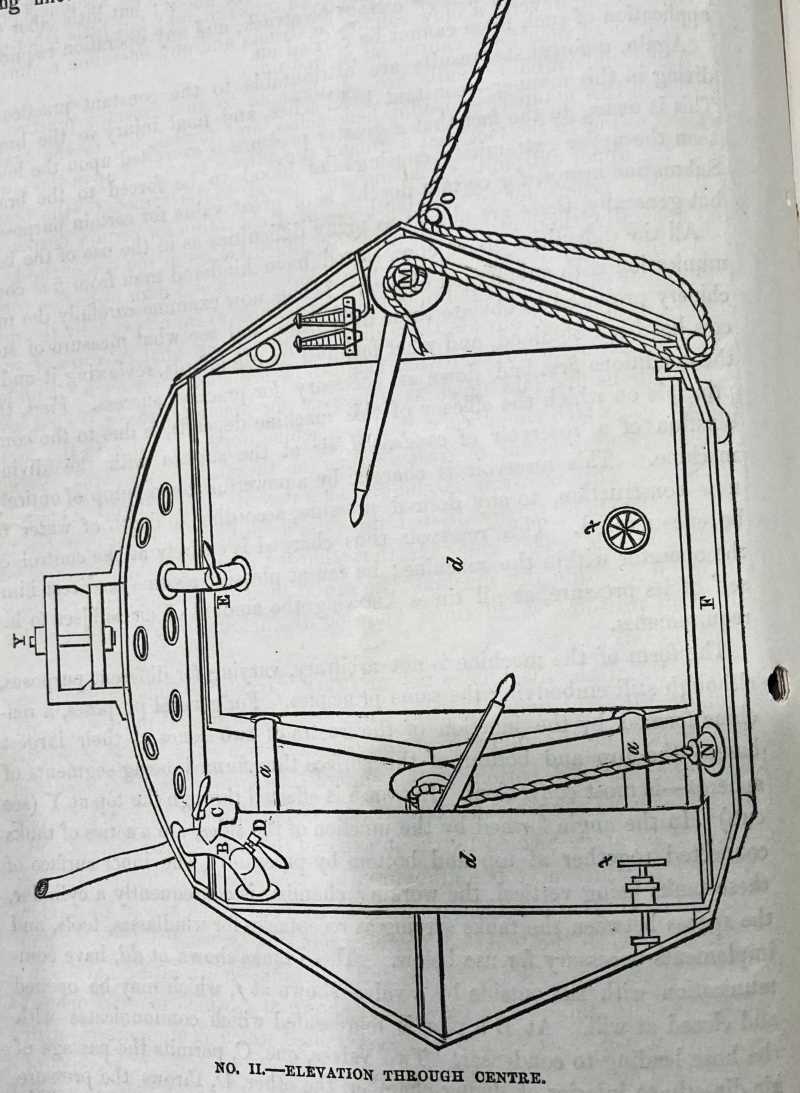
Bureaucracy Meets Barnacles
Intriguingly, Mr. Sears' report claimed his device had already found success in the United States. One can picture those 19th-century gentlemen of the Mexican ministry nodding sagely. After all, American ingenuity was already becoming a force to be reckoned with. The ministry, sensing a potentially profitable opportunity for their nation, decided to back the endeavor.
But before a diver could touch so much as a single barnacle, there were papers to shuffle! Thus was formed the Nautilo company, with partners stretching across borders. They wasted no time requesting an exclusive patent from the Mexican authorities, arguing that their invention would bring grand benefits to the Republic.
The ministry's Board of Directors, a distinguished panel surely composed of men with excellent mustaches, duly approved the application in 1855. Mr. Sears and his backers held a five-year monopoly on their peculiar underwater apparatus.
Alas, history is sometimes a fickle mistress, and documents fall silent on whether the Sears device ever achieved its ambitious goals. Did it transform the Mexican coastline, erecting magnificent underwater structures? Did its divers resurface clutching chests of Spanish doubloons? Or did it end up a rusted curiosity at the bottom of a harbor, claimed by the very ocean it aimed to conquer?
Perhaps it's best to leave some mysteries submerged. The image of 19th-century inventors, with their dreams and their gears, struggling to make a dent in the vastness of the deep – that's the story that brings a wry smile and a spark of wonder to the mind of this historian, at least.
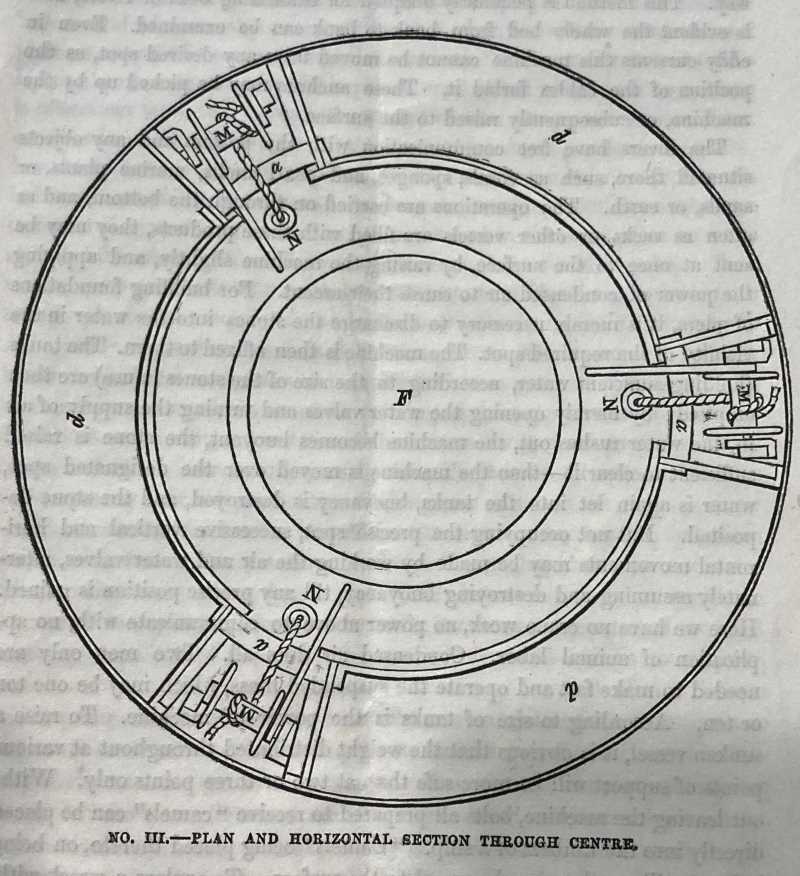
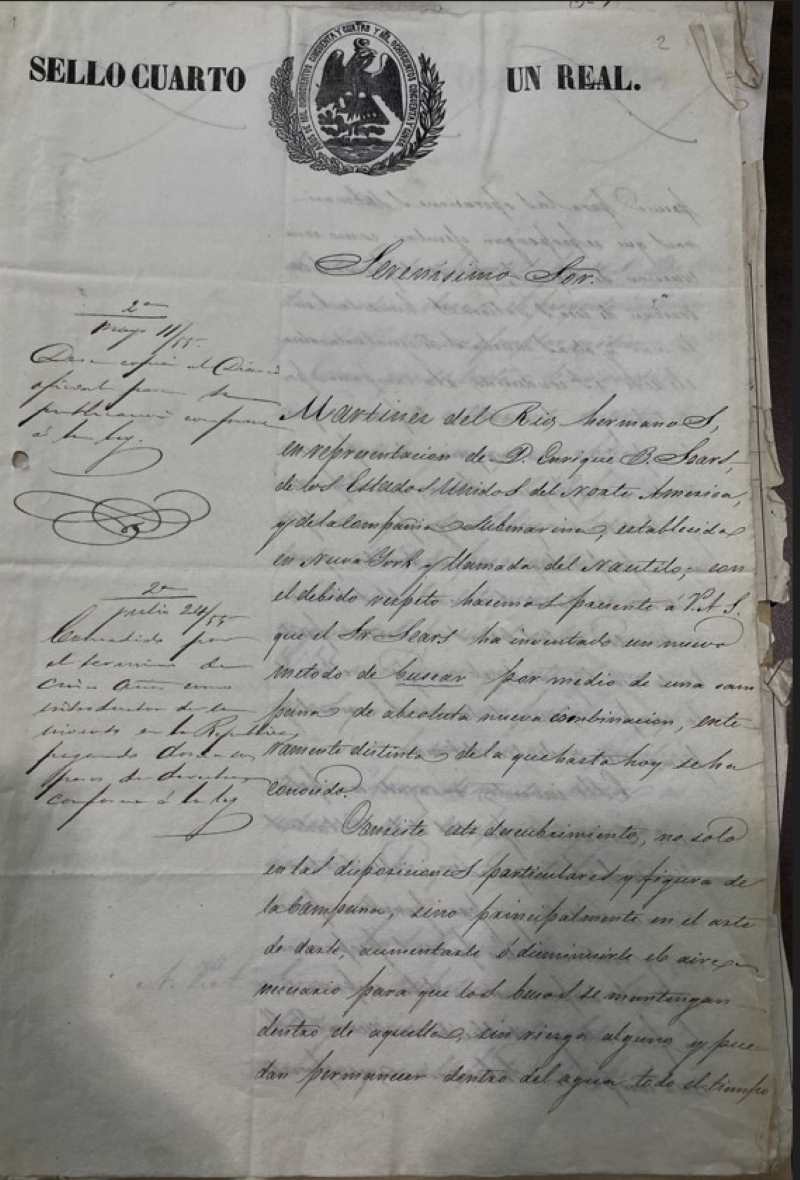
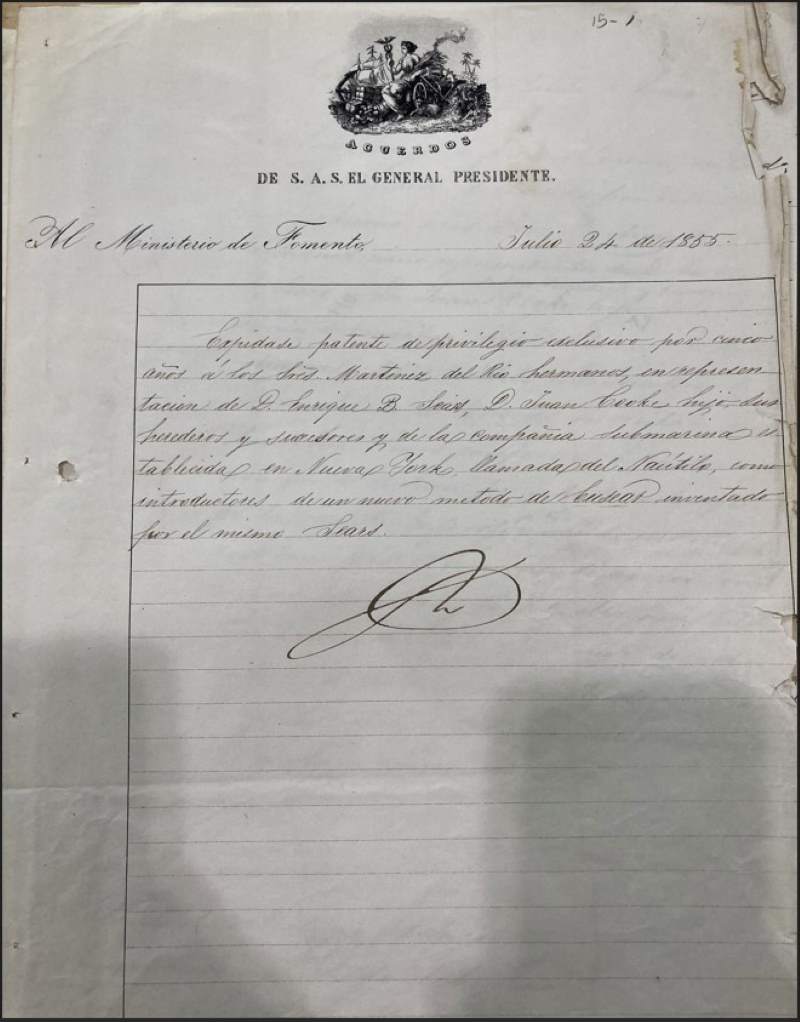
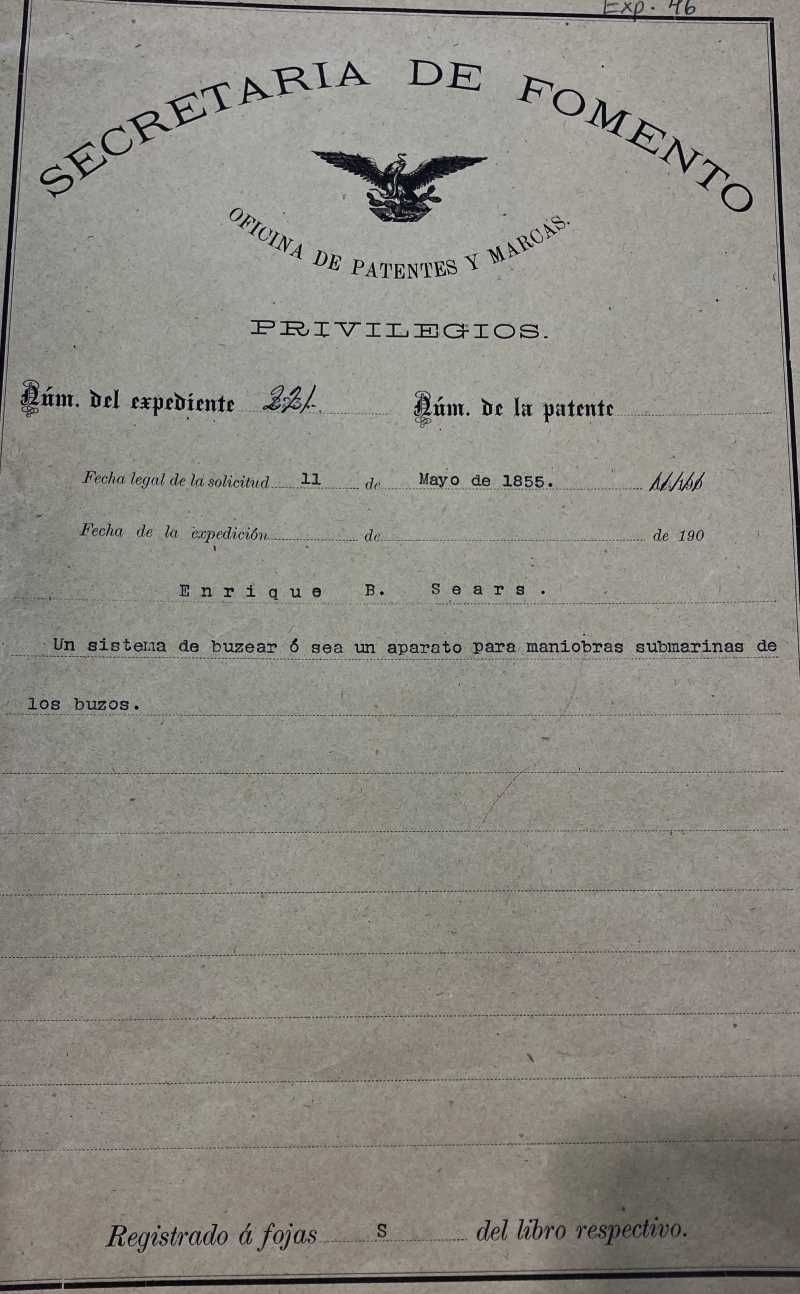
In-text Citation: Archivo General de la Nación. “Explorando las profundidades: la revolución del sistema de buceo.” gob.mx, http://www.gob.mx/agn/es/articulos/explorando-las-profundidades-la-revolucion-del-sistema-de-buceo?idiom=es. Accessed 14 Mar. 2024.




